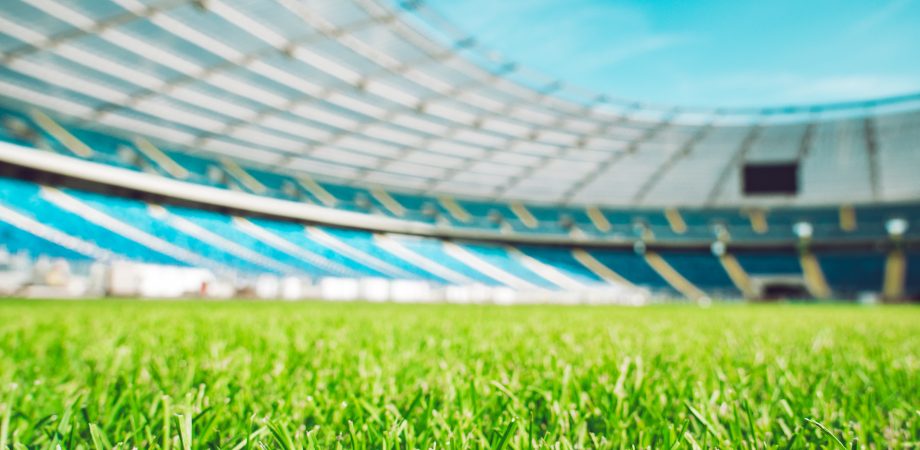Benefits of Natural Turf

If you’re a sports turf manager, you’re well-acquainted with the controversy about playing surfaces. You’ve probably even joined the debate a time or two, at least to justify your choice between a natural or artificial field. There’s a strong cost-savings argument to be made in favor of natural grass, but here let’s focus on the health, safety, and environmental benefits of a natural turf field.
The most obvious safety concern of athletes, parents, and coaches is injury. To compare injury rates on natural and artificial fields, a recent study reviewed data from the NFL and found that players sustained 16% fewer lower body injuries on natural fields than they did on artificial. This finding came from four years of NFL athlete injury reporting. Surface hardness and traction of the field both affect injury rates and are more manageable on a well-maintained natural field than on synthetic. The seams in artificial fields also pose a threat to safety, as they can create dangerous hops on baseball fields or cause players to snag their cleats on the invisible seams. Although no playing surface can eliminate the risk of injury, natural turf does minimize it.
Another benefit of real grass is its natural cooling effect, which is quite a contrast to artificial turf. While natural grass stays below 100℉ even on hot days — and below 85℉ normally — artificial turf absorbs heat and can range from 140℉ to 170℉ in summer weather. Managers often water synthetic fields to cool them down on hot days, but this is a wasteful “fix” that only keeps the temperature down for about twenty minutes. On the other hand, a natural field conserves energy because it keeps itself cool and requires less maintenance to ensure player safety on summer days.
In addition to the more obvious safety issues, there are a variety of player health risks that are lower on natural grass than artificial. Synthetic fields are notorious for “turf burn,” the scrapes caused by abrasive artificial grass fibers. These abrasions leave athletes more vulnerable to infection, as supported by a study of a college football team that had an outbreak of MRSA (methicillin-resistant Staphylococcus aureus). The study found that the team members who had turf burns were at a seven times higher risk of infection than those who did not. MRSA is a concern for athletes because it is resistant to antibiotics and can cause life-threatening infections. Not only do synthetic fields increase the risk of bacteria entering the body through turf burns, but they can also transmit MRSA to athletes upon contact with the playing surface. To reduce the risk of infection, managers sometimes use biocides on their fields to kill bacteria. But this introduces a whole other set of problems, including health risks associated with biocides and the potential to make the problem even worse by building up antibiotic resistance. Field managers have to consider all of these factors as they work to create a safe playing surface for their teams.
In contrast to these risks, natural turf provides a safe place for athletes to play without worrying about the long-term health and safety effects of the surface beneath their cleats. Real grass also provides sustainable playing fields by absorbing carbon dioxide, releasing oxygen into the atmosphere, and protecting the water supply. These benefits make a natural field the best choice for the environment and athletes alike.







